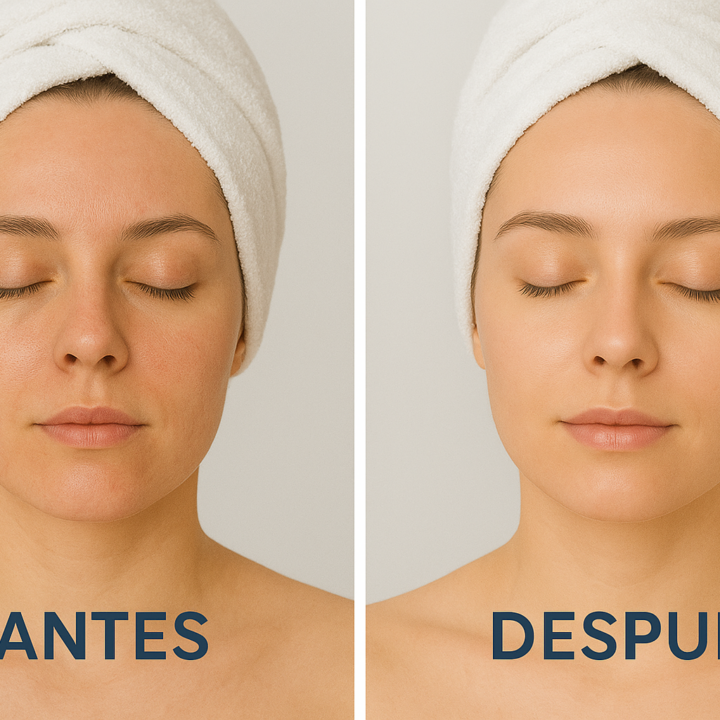Microneedling for hair loss involves the use of tiny needles to create micro-injuries on the scalp. This technique is performed similarly to micro-needling for skin problems, where a trained practitioner utilizes specialized tools to create minuscule punctures in the skin.
The purpose of these microscopic cuts on the scalp is to stimulate the natural healing response of the body. The micro-injuries trigger the production of essential proteins for hair growth and overall skin health. Additionally, the microchannels created during the microneedling process facilitate better absorption of topical treatments and serums, enhancing their effectiveness in promoting hair regrowth.
Promote hair growth and prevent hair loss with microneedling treatment:
The stimulation of collagen and elastin helps improve blood circulation in the scalp, delivering essential nutrients and oxygen to the hair follicles. This, in turn, encourages the revitalization of weakened or dormant hair follicles, promoting hair regrowth and reducing hair thinning or loss.
Microneedling for hair loss is a minimally invasive procedure that is generally well-tolerated by most individuals. It’s crucial to consult with a qualified healthcare professional (MD, DO, PA or NP) before undergoing this treatment to ensure it’s appropriate for your specific condition and to determine the most suitable approach for achieving optimal results. Additionally, following post-treatment care and a consistent treatment schedule can maximize the potential benefits of microneedling for hair loss.
Understanding the Science Behind Microneedling for Hair Restoration:
One of the key reasons why microneedling is effective in combating hair loss is its ability to stimulate certain pathways. This treatment can be performed as a standalone procedure or in combination with medications and regenerative therapies.
Microneedling vs. Similar Treatments:
Microneedling is not the only treatment option available for skin and hair concerns. Similar therapies include derma rolling and derma pen with radiofrequency. It’s important to note that not all electronic microneedling devices penetrate deep enough to produce a substantial effect.
Microneedling for Medication Delivery:
Microneedling can also be employed to enhance the delivery of topical medications such as finasteride, minoxidil, and others.
Timing and Application of Medications:
Some medical therapies, like minoxidil, should not be applied immediately after microneedling due to the alcohol concentration in the product.
Microneedling’s Effect on Hair Growth:
Research and test studies on mice have shown that microneedling can promote hair regrowth. However, it is important to note that microneedling and similar treatments typically do not significantly increase hair density or the number of hairs per follicular unit.













